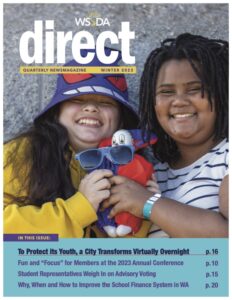To Protect its Youth, a City Transforms Virtually Overnight
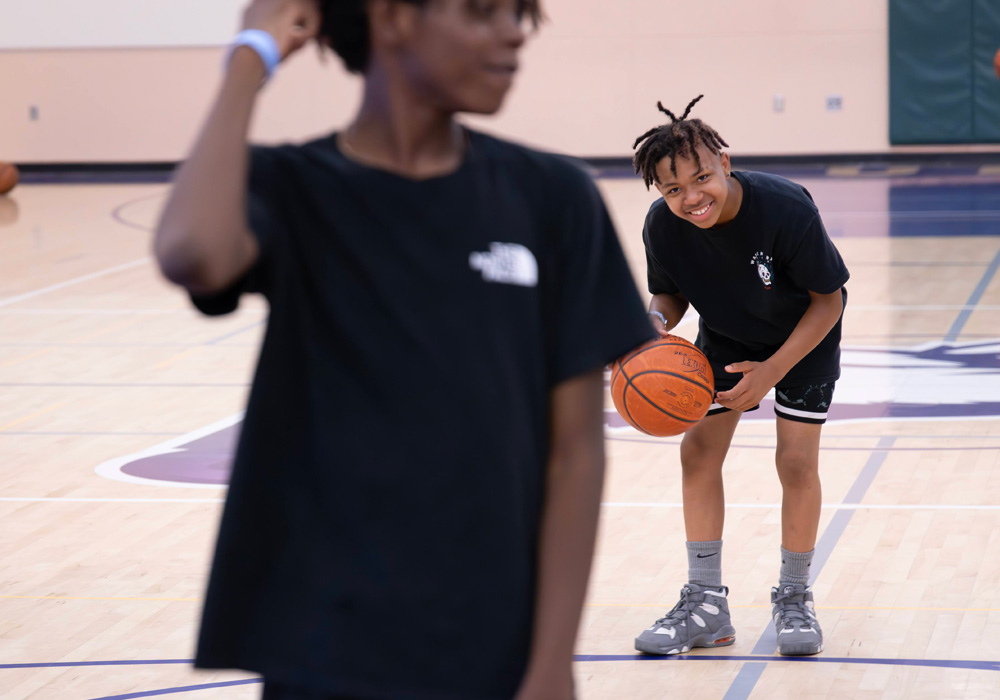
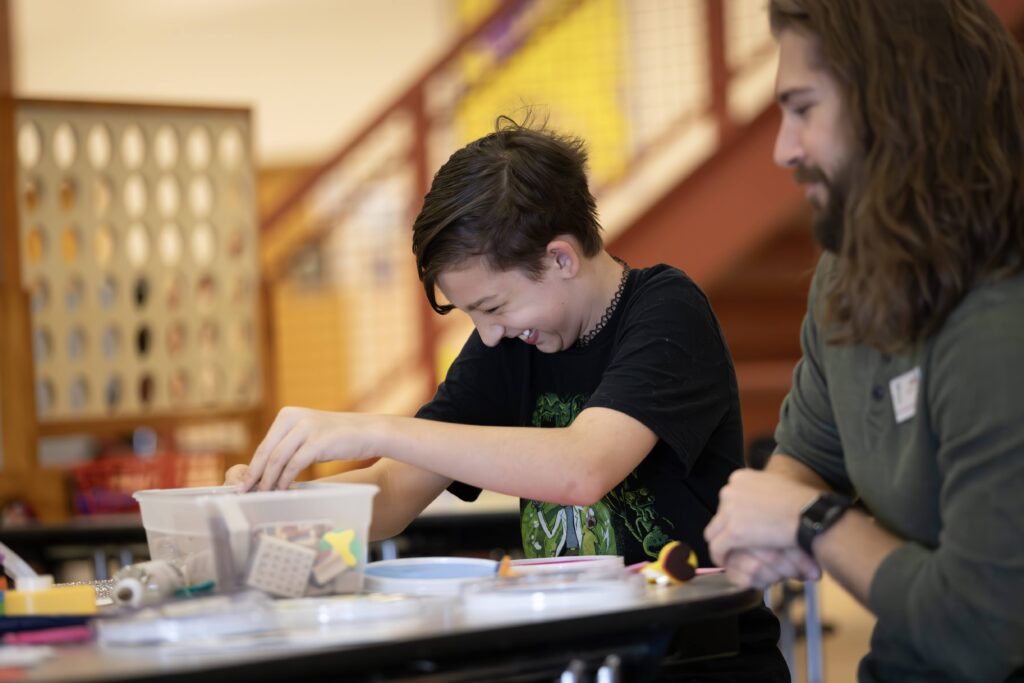
During the summer, most schools across the country stand silent at night while their students are on break. But in Tacoma Public Schools, when the sun went down, its schools became the favorite hangout spot of kids across the city.
Last summer, every weeknight from 5 p.m. to 10 p.m., middle and high school students headed to schools and community centers to take part in the district’s Summer Late Nights program. Instead of sitting home alone in front of the TV, teens played video games with their friends. Rather than roaming their neighborhoods and running into trouble, they participated in everything from music and dance classes to yoga and arts activities.
In a city that had been plagued by violence, Summer Late Nights became the escape and safe space kids desperately needed. While the initiative was steered by the district, it required an unprecedented collaborative effort between city agencies, organizations, and nonprofits who took shared action to improve the outlook for kids in their community.
“Collectively as a city, we’ve often thought kids and youth were the responsibility of the school district,” said Tacoma Deputy Mayor Kristina Walker. “Now Tacoma is leading with a whole child initiative that includes the city, the county, the park district, and even the Port of Tacoma. When it comes to youth, we all have to be at the table. We also look forward to seeing this program continue this summer.”
Finding student-centered solutions together
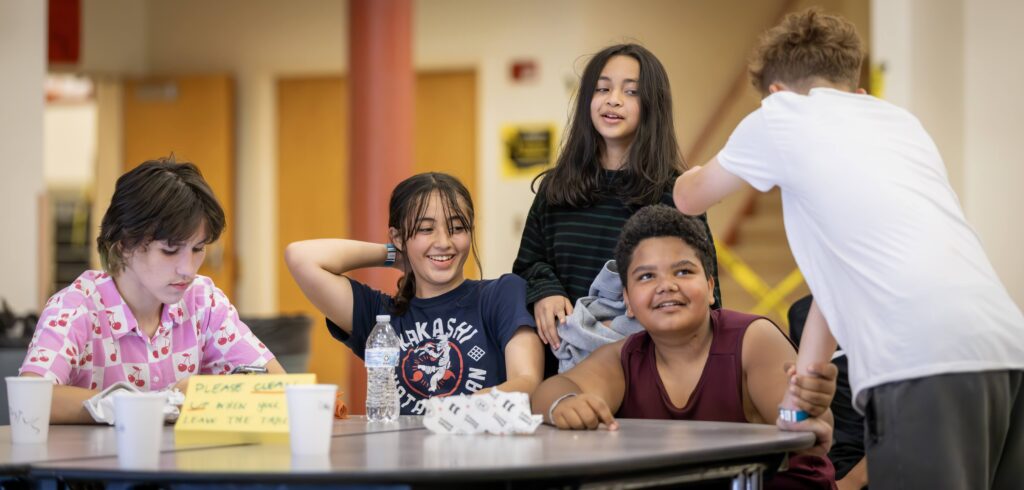
Beginning in January 2023, Tacoma Public Schools was hit by back-to-back tragedies. As the spring semester came to an end, 10 of its students had been impacted by gun violence.
With summer around the corner, the struggle to keep 28,000 students safe outside of school doors weighed heavy on the shoulders of the school board members and Superintendent Josh Garcia. While the district had community partners like Metro Parks Tacoma and the Boys & Girls Clubs that coordinated activities throughout the summer, the logistics, staffing, and funding required to offer every teen in Tacoma ongoing programming was more than they could handle alone.
Just six weeks before summer, Garcia spoke before the city’s Joint Municipal Action Committee, a collaboration of officials from different governmental organizations, and showed photos of the students he had lost. He then issued a challenge to every person on the Zoom call—help the district open 10 sites across the city to keep thousands of teens off the streets and safe all summer long.
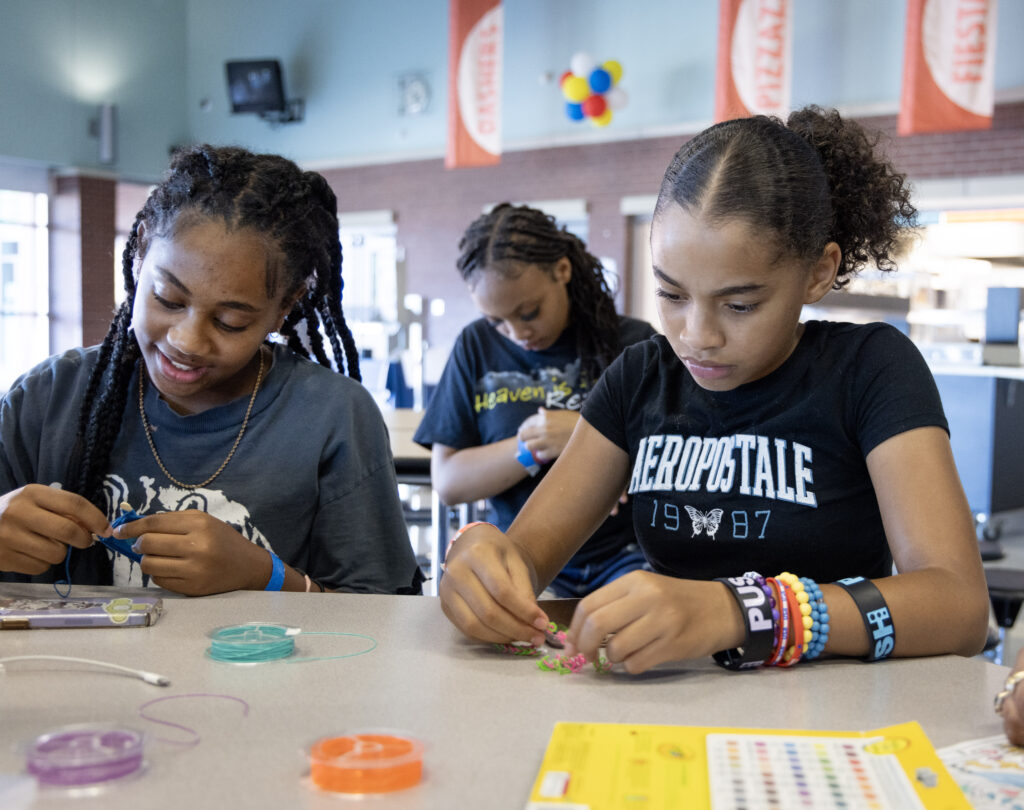
“There were up to 100 people in that meeting room, and you could have heard a pin drop,” said Elizabeth Bonbright, Tacoma’s school board president and member of the action committee. “The moment that meeting was over, we all started to work behind the scenes. What ended up happening was even better than I could have dreamed.”
The effort was truly a collaborative one. More than $1.4 million was raised from public and private funders, including the Tacoma City Council and Pierce County Council, to open not 10 but 12 locations. Metro Parks Tacoma took the helm of marketing and grant writing, and nonprofits like the YMCA, Boys & Girls Clubs, and Greentrike assisted with staffing and programming.
“There were no egos involved,” remarked school board vice-president Korey Strozier. “It was just, OK, we have to lift this thing. You take that corner, we take this corner, and let’s raise it off the ground. The program was successful because everyone understood their role and commitment, and everybody had the same mission at heart.”
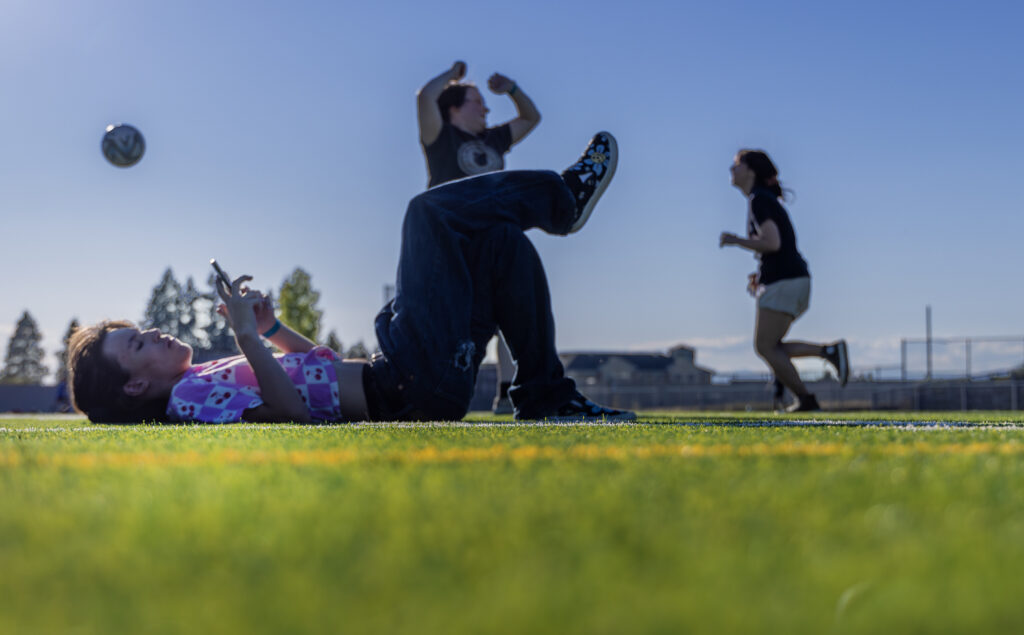
By the end of the summer, Tacoma Public Schools’ program had more than 12,000 visits and almost 1,700 area students attended at least once. Most importantly, no student in the district was injured by or lost their life to gun violence that summer.
Best practices for other districts
Through the planning and implementation stages of Summer Late Nights, team members landed on four factors for success that can be replicated by other school districts striving to help support the whole child year-round:
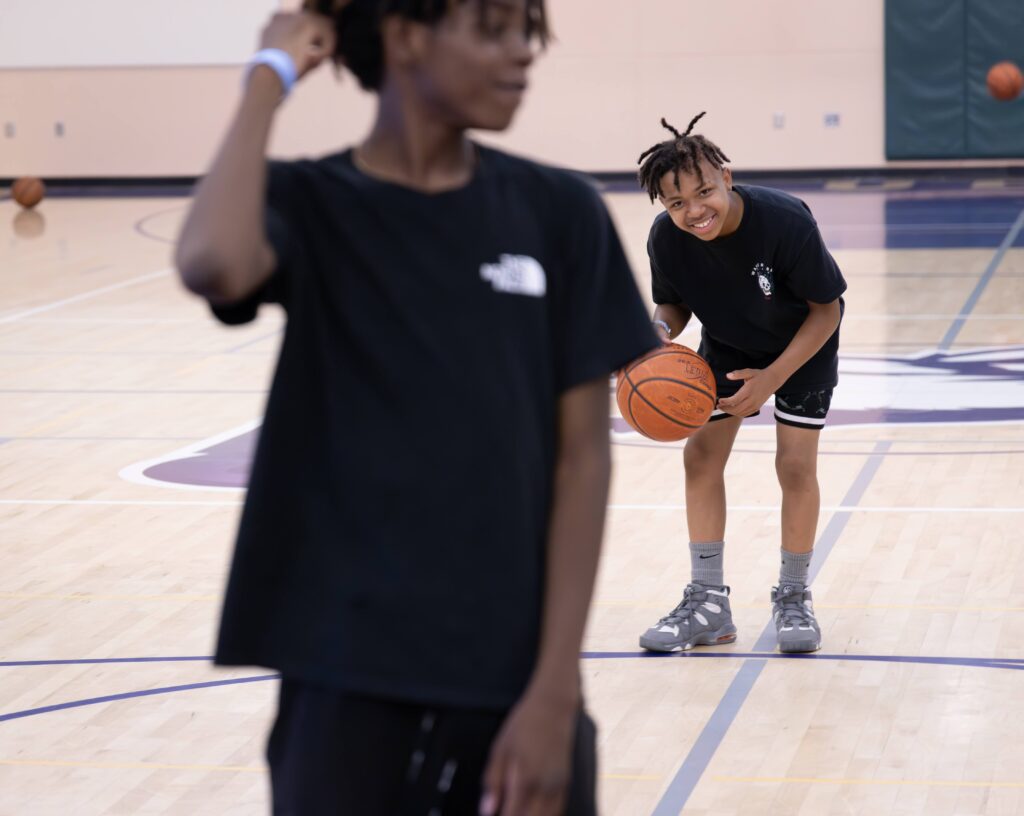
1. Make relationship-building a district priority.
According to Garcia, the program launched so quickly because the district had spent years cultivating relationships with local businesses and municipalities. “When creating this level of a shared work plan, and with such a high-stakes timeline and commitment, you have to have those trusted relationships in place. One of the strategic goals of our school board is to build partnerships. Board members have worked relentlessly on aligning political officials into the conversation and driving community support.”
2. Apply an equity lens to every initiative.
Tacoma Public Schools knew that to make Summer Late Nights work, it had to be in every part of the city to ensure equitable access for students and remove financial and transportation constraints for families. One critical partner was Pierce Transit, which rearranged its summer bus schedule to add a stop at every site and keep buses running until 11 p.m. every weeknight to provide students a safe ride home. And Tacoma police officers arrived at closing time to ensure students safely moved on to their transportation home.
3. Make communication a community effort.
Even with a thorough marketing plan, district leaders were concerned some families might not know about the free programming available. Action committee and school board members went door-to-door in east and south Tacoma to hand out flyers and talk with parents. Thanks to this boots-on-the-ground effort, the sites in the most at-risk neighborhoods saw the largest enrollment and participation.
4. Keep every mission student-driven.
Summer Late Nights could have been a catalyst for continuing education but district leaders knew students’ social-emotional wellness had to come first. “We were very intentional about what we were building,” explained Strozier. “If students want to just sit on the couch and listen to their music, that’s OK. There’s space if you want to play basketball all day long. If you don’t like sports, you can do arts and crafts. I firmly believe that when you ask a student what they want, they’re going to tell you.”
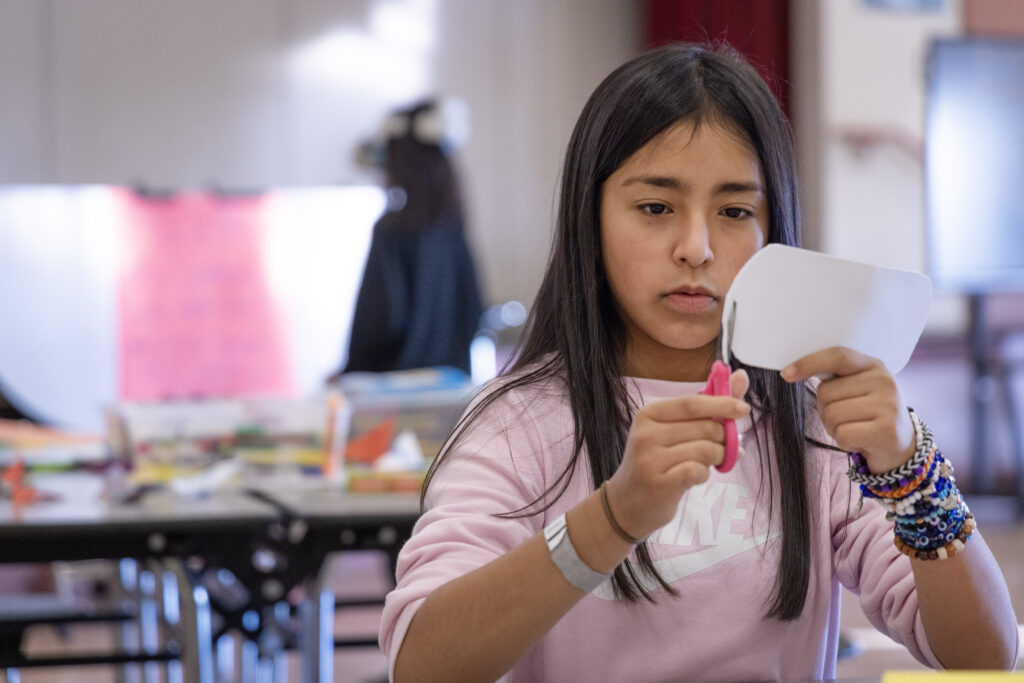
“For our students’ sake, we can’t just keep having roundtable discussions to figure out a plan,” said Garcia. “We have to take a bold stance to say we’re no longer going to talk; we’re going to take action. At a bare minimum, the results are not going to be perfect, but it’s going to be worth it. I’m so proud of everyone who joined us to be part of something so collaborative. It was incredibly positive for a lot of kids and a lot of families.”
EXTRA: Knocking on Doors to Save Lives
“I think we had a huge impact just knocking on doors. People were a little startled seeing us show up at their homes, but after we explained this free program, they were thrilled.”
Tacoma Board Chair Elizabeth Bonbright
Appreciating that young lives were at stake, program supporters went beyond typical messaging and advertising channels.
16 elected officials from 8 local agencies plus state and federal legislators went door to door in communities where violence had been most prevalent and where it seemed the need for services was the highest. After canvassing efforts, participation rates increased. The most visited summer program sites were in the areas where officials had gone door-to-door.
The Canvassing Team:
- City Council (Electeds)
- County Council (Electeds)
- Greentrike (CEO)
- Metro Parks Tacoma (Electeds & Staff)
- Pierce County District Attorney’s Office (Electeds)
- Pierce Transit (Electeds & CEO)
- Port of Tacoma (Electeds & Staff)
- Rep. Mari Levitt
- Safe Streets (CEO)
- Senator Murray (Staff)
- Speaker of the House Laurie Jinkins
- Tacoma Public Schools (Electeds & Staff)
- Tacoma-Pierce Co. Health Dept. (Electeds & CEO)
- UW Tacoma (Staff)
EDITOR’S NOTE
This article was featured in the Winter 2023 issue of WSSDA Direct and appeared in District Administration with the title: How to create safe spaces for students on summer nights. Getting Smart also wrote its own version titled Community Collaboration: The Success Story of Tacoma Public Schools’ Summer Late Nights Program.
Visit wssda.org/direct to see all the latest issues of WSSDA’s newsmagazine.

